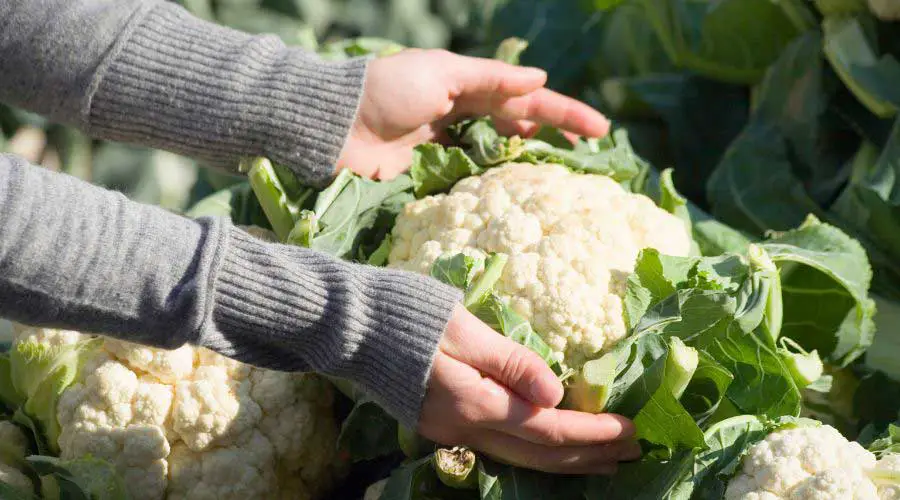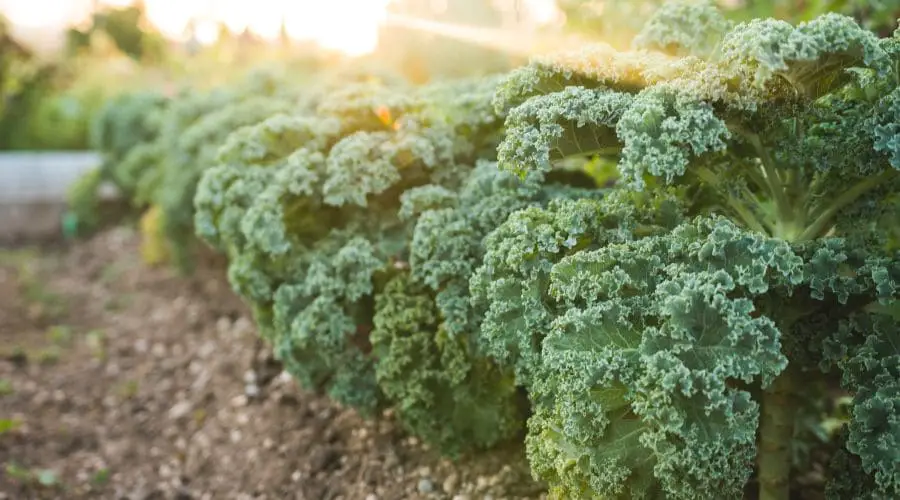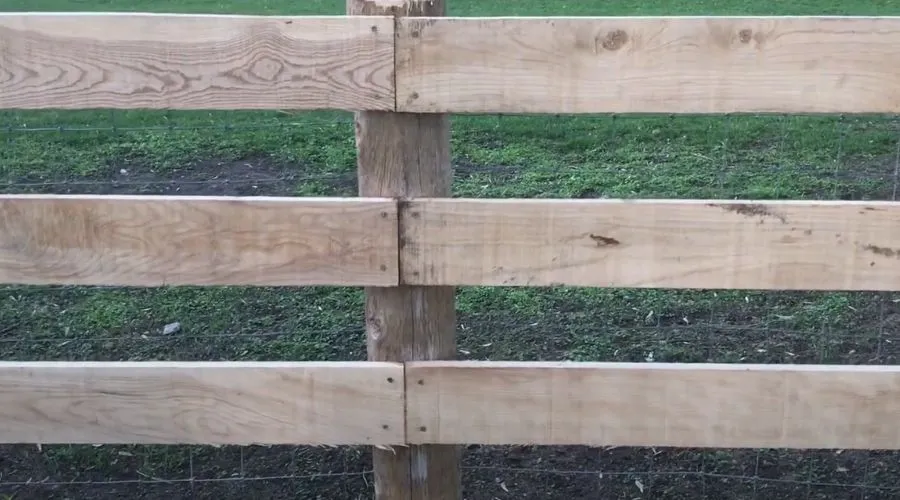Are you struggling with your horse’s brittle cracked hooves?
There are many simple cures that don’t involve purchasing overpriced hoof dressings. But first, you must identify the underlying source of the hoof condition before jumping straight to experiment with the home remedies.
The secret to maintaining healthy hooves is a well-balanced diet, nutrition, regular hoof care, sufficient exercise, and more. If your horse is missing out on these elements, I have got you some solutions. Here’s a list of home remedies for cracked horse hooves that will solve your problem.
What causes a horse’s hoof to crack?

The answer is in this question. Brittle hoof cracks are mainly caused due to two factors: environment and diet. The following are some of the specific reasons for over-drying and injured hooves:
Poor foot structure (club feet, a long heel, and short heel, clipped heels, and weak hoof walls) – This is the most prevalent explanation for hoof cracks in your horse. Poor hoof shape causes your horse to extend their foot weirdly in the front and potentially causes the hoof to shift inwards.
Because these animals don’t have consistent footfall in this situation, your horse’s hooves would get damaged even after a long walk.
A coronary band injury – The hooves get a strong and flexible structure from the coronary band. The growing hoof’s strength will be reduced if the coronary band is affected in any situation. Hooves with weak internal structures can crack time and are challenging to heal.
The underlying problem in the laminar corium due to infection – The laminar corium is the internal hoof membrane that carries veins and arteries. It is an extremely fragile spot on your horse’s foot. Based on the severity of the trauma, any serious injury might affect your horse’s ability to walk properly due to weakness or result in a cracked foot.
Focal foot imbalances – This happens when your horse transfers his body weight to one area of the foot rather than distributing it evenly as it normally should. Horses do this in a lot of situations, such as injury or soreness in a specific region of the foot. Your horse’s weight-bearing section will gradually crack, causing a lot of pain.
Due to abrasive surfaces – Because of the extra force involved in walking over abrasive surfaces, your horse’s hooves are more likely to crack.
Harsh environmental factors – Whenever the hoof becomes soggy, the horn softens and wears away. Therefore, even light pressure can damage it. When it fully dries, it gets fragile and could easily crack.
Poor diet – The hoof membranes are a lot like human nails. Due to this reason, our horse’s diet has a significant impact on its hooves. If you believe that your horse’s hooves are fragile and split often, you might have to think about improving his diet by including a healthy blend of essential vitamins and minerals.
The 9 surprising home remedies for cracked horse hooves
Here are some home remedies that could help your horse’s hooves:
1. Vaseline
If you live where ice is the only cause of your horse hooves to crack, then Vaseline could be a temporary fix. But, its durability and effectiveness are quite less as compared to the anti-snowball pads. There are several products available in the market that could be applied to a horse’s boots to prevent snow from clinging to their cracks.
Vaseline is a heavy petroleum-based solution that is more efficient than liquid ones like cooking oil or baby oil. Additionally, bluestone could be used with vaseline to seal crevices and stick to damaged hooves.
But, stay away from using WD-40, motor oil, and perhaps other highly corrosive or toxic agents. You should never apply anything to your horse’s hooves that can completely damage their skin.
2. Coconut oil

If you live in a particularly dry, moisture-deficient climate, then coconut oil will be an ideal choice for your horses because it is very hydrating and quickly absorbed.
Coconut oil offers vitamins C and E along with capric acid and lauric acid, which could also improve your horse’s epidermis, coat, and hooves. Massage coconut oil into painful and dry regions of the hooves every day.
A single application of coconut oil delivers intense hydration without compromising the hooves. Since many foot treatments are petroleum-based, they have a higher chance of drying out the soles. However, coconut oil is free from petroleum gets easily absorbed through the membranes, and heals the affected area faster.
3. Olive oil
Olive oil is among the most replenishing and healthy oils. It has a good amount of vitamin A, E, and omega-3 fatty acids. Olive oil not only gets absorbed into the skin but also maintains the moisture content of hooves.
It has built-in anti-fungal and anti-inflammatory properties that help slow down the production of germs. You may also mix olive with vegetable oil for better results.
4. A hoof sealer
The hooves act like a sponge, soaking up moisture from their surroundings. These hooves should remain as dry as possible.
A sealant works as a shield to avoid unwanted moisture from getting into the hooves. Sealant could be administered to the heel per week or when necessary.
Make sure the hoof is completely dry and clean when massaging sealant to the affected area. Start around a half-inch underneath the coronary band and work your way along the hoof sides.
If you need more applications, let them dry completely first. Sealant should not be used over the coronary band or straight to the sole’ bulbs.

5. Correct trimming
You should get your horses’ hooves trimmed per month or whenever necessary. Proper foot care is important, particularly in a dry climate.
In order to heal the damage, it is essential to rebalance the horse’s feet so that its weight is spread uniformly on its feet. Trimming reduces the additional force on its hoof membranes, which may stop the cracks and breakage.
6. Wear good shoes
The horseshoe controls your horse’s mobility and body position directly, as well as the development of the hoof membrane. A shoe that doesn’t fit well will cause the hoof to bend, affect foot stability, and crack in the long term.
If the shoe is too small for your horse, the heel does not get enough support, and your horse’s weight moves toward the toes. This additional strain on the toes makes the hooves weak and causes them to crack. Similarly, if the shoe is too long, it puts too much pressure on the heel leading it to crack eventually.
7. Evaluate the horse’s diet
The horse’s well-being is generally reflected in its hooves, which also show imbalances and deficiencies (like sugars cause mild or severe laminitis). A healthy hoof would have a solid sidewall and usually, some “hoof rings” that indicate the horse is experiencing distress or dietary changes.
The ideal method to obtain high-quality hooves is to provide mineral-rich food that encourages the growth of healthy hoof tissue. You can supplement its diet with biotin, selenium, vitamin C, and zinc, including other essential nutrients.
8. Exercise
Daily exercise is important for your horse. Only by proper exercise your horse’s hoof will get tough and develop stronger muscles (Read how to soft horse hooves?). With time, the increased circulation of blood and oxygen will benefit your horse’s foot to become energetic.
If your horse doesn’t exercise, any moderate activity might cause his hooves to split up. Your horse’s health care professional or farrier could suggest an optimal exercise regime.
9. Supplements
If you suspect that your horse’s dietary plan has caused hoof issues, then two supplements can improve his condition.
One contains biotin, which can easily be dissolved in water, and has B-group vitamins that horses naturally create during digestion which is scientifically proven.
Zinc methionine is another well-known vitamin.
But if your horse has a well-balanced diet with an adequate amount of grass and water, how could it be deficient in biotin? A horse can not store some biotin within their digestive system as they excrete it completely. Giving them a supplement will help with absorption and improve the hoof quality with time.

Conclusion
You could minimize hoof cracks by examining and keeping your horse’s hooves clean on a regular basis. You should also get its hooves a regular trim and change its shoes to avoid any problems in the long term. Use a professional farrier to maintain your horse’s hooves healthy.
Provide your horse with the proper diet and nutrients he requires to keep his hooves strong. Build your horse shelter in a safe place that does not get waterlogged, dry, or is too harsh for their feet.
Despite how easy these preventive measures may seem, you should never overlook small things, and those are the ones that maintain your horse’s health. With your small efforts and invested time, your horse will stay fit and not develop serious issues.



